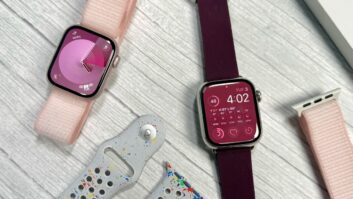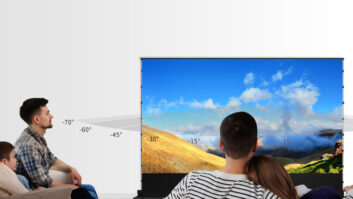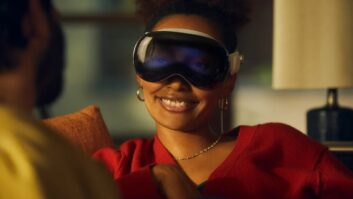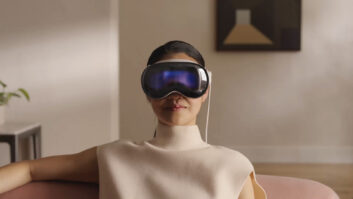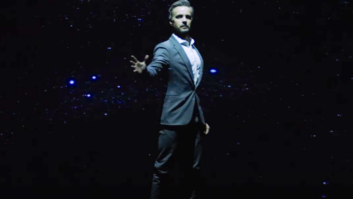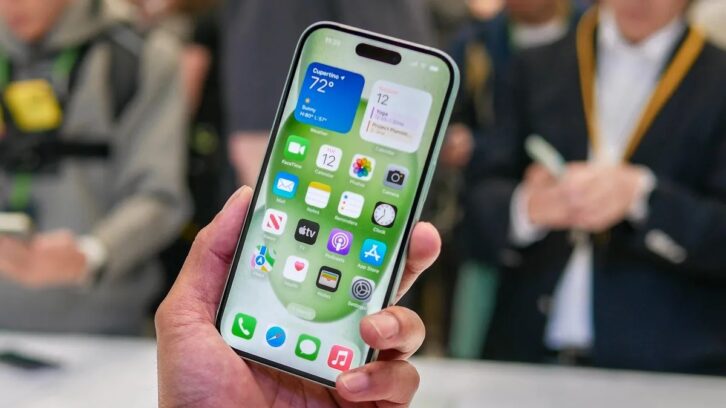
Editor’s Note: This article originally appeared on Tom’s Guide.
Earlier in the year, there were reports of unlucky users getting permanently locked out of their Apple accounts in targeted iPhone attacks. Scammers would befriend or simply spy on targets, note down their passcodes, steal the phone, and quickly change the Apple ID password before the owners could lock their account remotely.
That’s an extreme example of shoulder surfing — where strangers watch your phone screen in use. At the more harmless end, a nosy neighbor might just be reading what you’re typing in iMessage, but it’s still an unwelcome invasion of privacy. And it appears Apple is looking to stop such snoopers in their tracks with a pair of interesting patents.
As spotted by AppleInsider, the first patent outlines a “privacy film” with a “light-blocking layer” as a substrate in the phone screen. The upshot of this would be that people can only see light from the screen if looking directly at it, making it harder for those spying from the sidelines to see what’s going on.
The problem with this idea is that it would also prevent the actual owner from comfortably viewing the screen from certain angles, which could make streaming Netflix or gaming a bit more irritating if you need a perfect head-on view for the best image quality.
That may be why the second patent provides a more flexible solution to the same problem. The idea here is to create “displays with adjustable angles of view” meaning users could change the angle of view to fit what’s going on.
This would be done via an “electrically controllable filter” to control how polarized the screen is at any given time. Perhaps it could kick in automatically while using messaging apps, in a private Safari window, or when entering your passcode.
It’s worth noting that Apple doesn’t specifically mention the iPhone in either of the patents, so it could be considering implementation on the Mac, iPad, or even the Apple Watch. Equally, registering a patent is not the same thing as actively working on something, and it’s possible that these ideas will never make it off the page and into a commercially available product.
Apple isn’t the first company to consider ways of tackling shoulder surfing. Third-party companies have long made privacy screen protectors which, much like the first Apple patent, artificially limit the viewing angles of screens they’re attached to.
As for first-party solutions, during its rebirth under TCL Communications, BlackBerry experimented with one rather clever feature called Privacy Shade. This was a software solution where the entire screen would turn pitch black except for a single-line window which you could drag over documents revealing a small amount of text at a time. You can still get third-party apps that claim to do the same thing today.
About the Author
Freelance contributor Alan Martin has been writing about tech for over a decade, covering phones, drones and everything in between. Previously Deputy Editor of tech site Alphr, his words are found all over the web and in the occasional magazine too. When not weighing up the pros and cons of the latest smartwatch, you’ll probably find him tackling his ever-growing games backlog. Or, more likely, playing Spelunky for the millionth time.
See also: Smartphones 2024: Can Independent Retailers Get In The Business?




